Botany IAS Mains Question Paper 2022:
There are Eight questions divided into Two Sections. Candidate has to attempt Five questions in all. Questions no. 1 and 5 are compulsory and out of the remaining, any Three are to be attempted choosing at least One question from each section.
| Botany IAS Mains Question Paper- I: |
Section- A:
1:- Answer the following in about 150 words each: (10 x 5 = 50)
(a) What is mycoplasma? Describe its types and importance in plant pathogenesis. (2 + 8 = 10)
(b) Describe the ultrastructure of endospore of Bacillus sp.
(c) Describe the structure of strobilus of Equisetum with the help of a well-labelled diagram.
(d) What is chloroplast? Describe the fine structure of chloroplast in Chlorophyceae.
(e) Write a comparative account of the icosahedral and helical symmetry of viruses.
2:- (a) What is brown spot disease of rice? Describe its causal organism, symptoms, disease cycle and its control. How does this disease damage the rural agroeconomy of India? (2 + 15 + 3 = 20)
(b) Draw and describe the cell wall structure of Gram-positive bacteria. What are the major differences between the cell walls of Gram-positive and Gram-negative bacteria? (10 + 5 = 15)
(c) Describe the ‘Koch’s postulate’. How does it help in avoiding the wrong identification of any plant pathogen? (10 + 5 = 15)
3:- (a) What is dikaryotization in fungi? Describe different methods of dikaryotization in basidiomycetes. Hows does dikaryotization in ascomycetes differ from basidiomycetes? (5 + 10 + 5 = 20)
(b) Give an elaborate account of the use of algae in food and fuel production. (15)
(c) Describe the development of male and female gametophytes of Marsilea. (15)
4:- (a) What are the characteristic features of the family Orchidaceae? How did the classification systems of Bentham and Hooker (1862), Engler and Prantl (1931) and Hutchinson (1959) deal with its placement among the families of monocots? (10 + 10 = 20)
(b) Give a detailed account of the theories proposed to explain the origin of angiosperms. (15)
(c) Give a detailed account of types of stomata in angiosperms. (15)
Section- B:
5:- Answer the following in about 150 words each: (10 x 5 = 50)
(a) Mention the role of embryo rescue in interspecific hybridization.
(b) Explain ‘cybridization’. Write one example of economically useful cybrid. Describe the methods to produce cybrids. (6 + 1 + 3 = 10)
(c) Write an account of plants used as natural dyes. Give binomial name and family of any three dye-yielding plants that are used as food additives. (7 + 3 = 10)
(d) Distinguish between anther culture and microspore culture. Which technique is more advantageous? Give reasons. (8 + 2 = 10)
(e) Write a note on the role of palynology in plant systematics.
6:- (a) Write a detailed account of homospory, anisospory, incipient heterospory and heterospory. Elaborate on the evolution from homospory to heterospory in relation to geological time. (10 + 10 = 20)
(b) Endosperm is essentially a triploid tissue in angiosperms with some exceptions. Give a detailed account of Helobial endosperm emphasizing on the developmental variations. What type of differences can be seen in the sequence of occurrences of karyokinesis and cytokinesis in nuclear, cellular and Helobial type of endosperm? (10 + 5 = 15)
(c) Using appropriate diagram of normal embryo sac, elaborate the structural complexity of angiosperm embryo. (15)
7:- (a) Write the uses, botanical name, family and morphology of useful parts of the following plants: (20)
(i) Cloves (ii) Saffron (iii) Nutmeg (iv) Date palm (v) Pineapple
(b) Discuss the role of botanical gardens in conserving biodiversity. Write the names of three important botanical gardens in India. (12 + 3 = 15)
(c) Write a detailed note on the role of ethnobotany in conserving the Indian traditional knowledge of medicinal plants. (15)
8:- (a) Describe the protocol involved in rooting and acclimatization of plants produced using in vitro culture. Elaborate on the various problems and solutions associated with this technique. (10 + 10 = 20)
(b) Differentiate between direct and indirect organogenesis. Discuss the merits and demerits of each method. (15)
(c) What are ‘energy plantations’? Narrate the salient features of this energy alternative for the energy security of India. (15)
| Botany IAS Mains Question Paper- II: |
Section- A:
1:- Write short notes on the following in about 150 words each: (10 x 5 = 50)
(a) Semi-autonomous cell organelles
(b) Multiple factor hypothesis
(c) Structure and functions of peroxisomes
(d) Cell wall in plants
(e) Southern blotting
2:- (a) Discuss the different processes by which solute moves across cell membrane. (10 + 10 = 20)
(b) What are B-chromosomes? Describe their significance. (10 + 5 = 15)
(c) In a cross between pea plants with green and yellow coloured pods, the F2 individual segregated into 787 green and 277 yellow pod coloured individuals. If you have to test that these results agree with the expected ratio 3 : 1, then apply Chi-square P = 5%.
The control value of Chi-square at 0.05 for df = 2 – 1 = 1 is = 3.84. (15)
3:- (a) What is organic evolution? Highlight the mechanisms governing organic evolution. (5 + 10 = 15)
(b) Explain the phenomenon of incomplete dominance and its significance. (10 + 5 = 15)
(c) What is gene editing? Discuss its applications and advantages for genetic engineering.
4:- (a) How male sterility helps in heterosis breeding? Discuss the applications of barnase-barstar system in achieving heterosis.
(b) Describe the steps in DNA sequencing. What are its applications? (10 + 5 = 15)
(c) What do you mean by signal transduction? Explain the different types of intracellular signal transduction. (5 + 10 = 15)
Section- B:
5:- Write short notes on the following in about 150 words each: (10 x 5 = 50)
(a) Symptoms of mineral deficiencies
(b) RAPD PCR- strength, weakness and application
(c) Photophosphorylation
(d) Endangered Plant Species
(e) Phytoremediation
6:- (a) Differentiate between enzymes and coenzymes and describe their mechanisms of action. (10 + 10 = 20)
(b) Define secondary metabolites. Discuss the importance of secondary metabolites to plants. (5 + 10 = 15)
(c) What is phloem? Describe the various hypotheses concerning transportation in phloem. (5 + 10 = 15)
7:- (a) Describe the key goals of the convention on Biological Diversity. What steps have been taken in India to implement the provision of CBD? (15 + 5 = 20)
(b) Discuss the sequential steps in the process of primary autotrophic succession. What are the three popular theories that explain climax concept? (10 + 5 = 15)
(c) Describe the movement of phosphorous through lithosphere, hydrosphere and biosphere. How human activities have impacted the phosphorous cycle in nature? (10 + 5= 15)
8:- (a) Define the term photoperiodism and florigen. Describe the mechanism of response in short day and long day plants giving suitable examples. (20)
(b) Explain how the different greenhouse gases contribute to the raising global temperature. Add a note on the adverse effects of global warming and how to mitigate. (10 + 5 = 15)
(c) Describe the phytogeographical regions of India. What are the environmental factors that influence their species composition? (10 + 5 = 15)

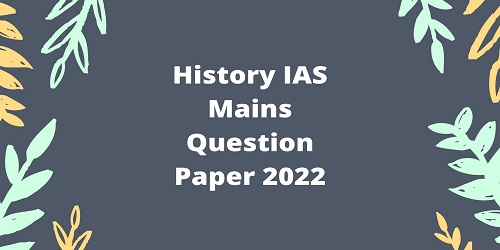
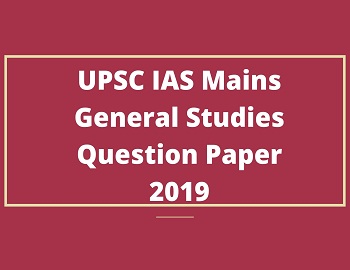
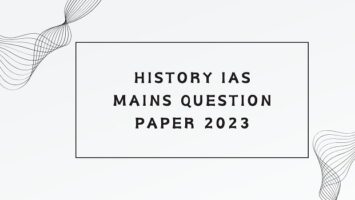
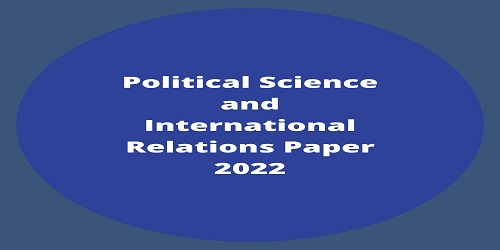
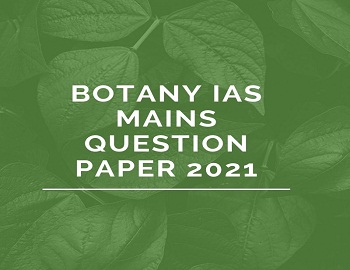
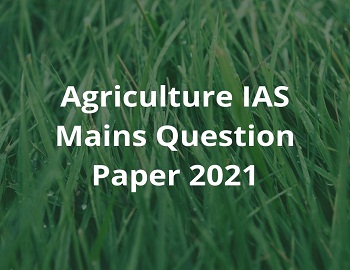
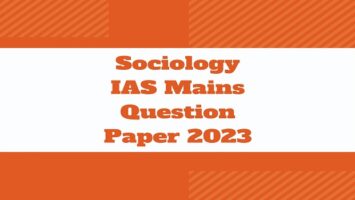
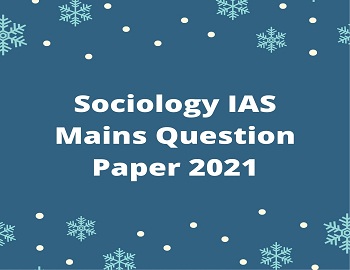
Comments (No)